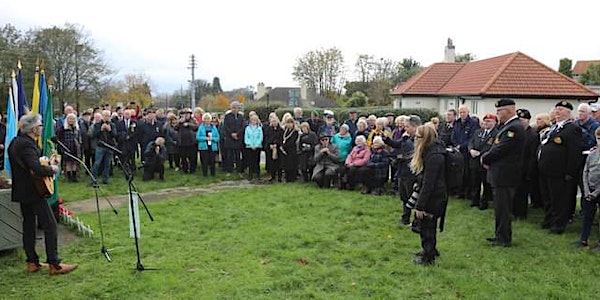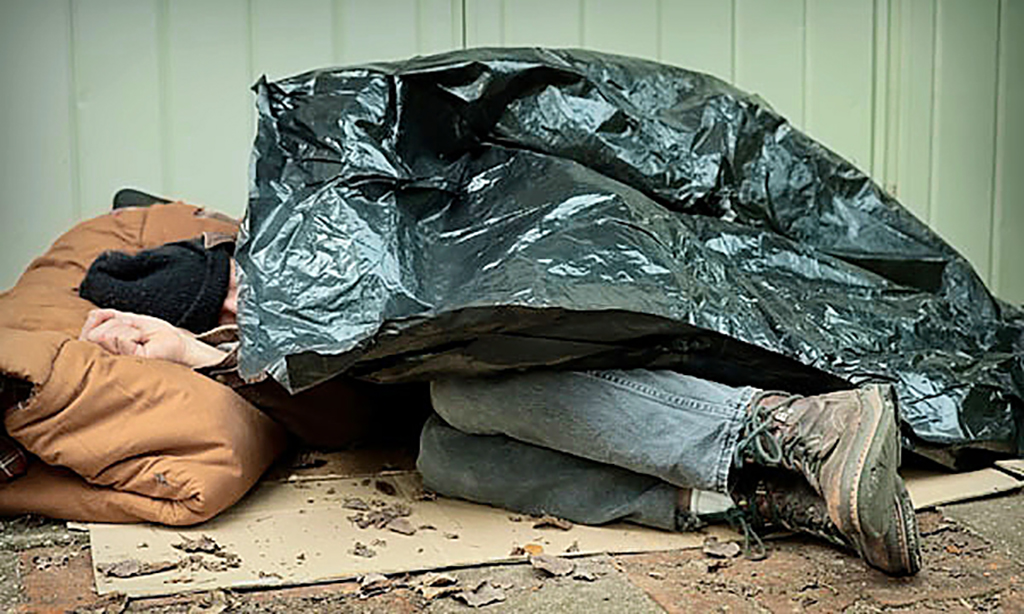Killester Garden Village Centenary and book launch
Padraig Conlon 21 Aug 2023
Killester Garden Village, Ireland’s largest World War 1 Veterans housing estate, is celebrating its centenary, with the launch of a specially commissioned book about Killester Garden Village and the veterans who came to live in Killester, with their families.
Next Saturday, August 26, at 12 noon in the heart of Killester, Darragh O’Brien, Minister for Housing, Local Government and Heritage of Ireland will launch:
“Killester Garden Village, The Lives of Great War Veterans and Their Families.”
The launch will be followed by a community street party on Middle Third Green, Killester.
The book, which was researched and written by Michael Nugent and Nigel Henderson, contains detailed information about each house and the veteran that came to live there.
This is social history at its best!
Michael Nugent Co-Author, told Northside People ahead of the launch:
“Having been involved in researching the service of Great War servicemen for a number of years, I was excited by the challenge that this project posed.
Whilst accounts of battles are key to military history, it is the lives and experiences of those at the sharp end that are of primary importance.
The stories of the residents of Killester Garden Village are not only a unique account of their lives but also an important record of life in post war Dublin. I am proud to have had the opportunity to tell their stories.”
Killester Garden Village is the largest World War 1 housing estate in Ireland.
Originally 247 houses were built. In the 1930s more houses were added, bringing the total to 289 houses.
The houses were funded by the British and Irish administrations.
The estate was planned in the style of a “garden city” which meant they were very low density bungalows with large gardens and communal greens to encourage community, and improved health through fresh air and production of food.
And, to assist the WW1 soldiers transition back to civilian life among their families and a community of like-minded people.
Killester Train Station (now Killester Dart Station) was built at the time to service the residents and there was a specific bus route to and from Dublin City.
Many direct descendants of those families are still living in Killester.
91 year old Imelda Doyle grew up in Killester.
She remembers:
“The children were very free.
“Many men were damaged physically and mentally from what they experienced at war.
“The women were the glue of the area.
“They had very little but made Killester a happy place for their families.
“The women tilled the big gardens to provide cheap healthy food.”
Aaron Crampton, Chairman, Killester Garden Village Committee fourth generation Killester resident, descendent of Sgt John Brophy of No 90 Abbeyfield, a veteran of WW1 and WW2, said:
“The WW1 ex-servicemen that lived in Killester were the forgotten soldiers, sailors and airmen of World War 1.
“They returned from war to an utterly changed Ireland. 100 years on, as part of The Decade of Centenaries, the community of Killester will mark, honour and celebrate their, their families lives in Killester Garden Village with a Centenary Community Day and launch of our specially commissioned book, which tells their unique story”











